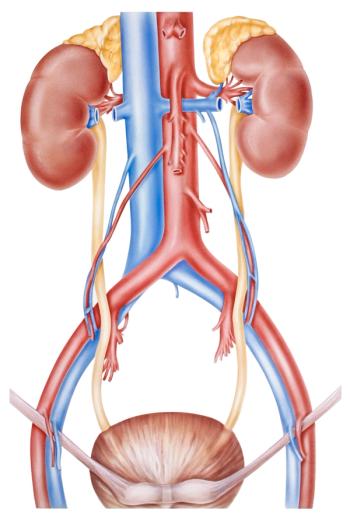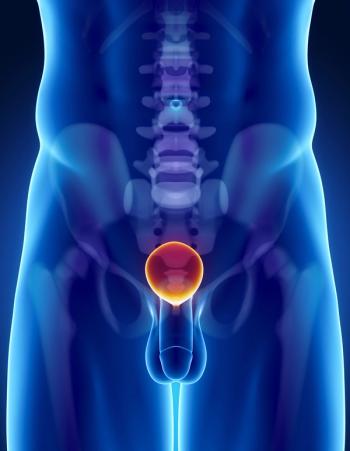
High-Dose Radiotherapy Fails to Improve Prostate Cancer Survival
High-dose radiation therapy did not improve overall survival compared with the standard dose in stage II localized prostate cancer, but did show some benefits.
A high-dose radiotherapy schedule did not improve overall survival (OS) compared with the standard dose in men with stage II localized prostate cancer. But, local disease control and rates of distant metastasis were improved.
After a median follow-up of 7 years, the 5-year OS rates were 88% and 89% in the high-dose and standard radiotherapy arms, and the 10-year OS rates were 67% and 66% in the high-dose and standard arms, respectively (P = .87).
The results (
“Disappointingly, we did not see an improvement in OS as we had hoped,” Michalski told Cancer Network. “Dose escalation did not significantly decrease the rate of death from prostate cancer.”
The trial tested whether a 79.2-Gy dose of 3D conformal radiotherapy (3D-CRT) or intensity-modulated radiotherapy (IMRT) improved OS compared with the standard 3D-CRT or IMRT dose of 70.2 Gy. A total of 1,532 patients were randomized 1:1 to receive either 44 fractions of high-dose radiotherapy or 39 fractions of standard radiotherapy. The median age of patients was 69 years, and 66% received 3D-CRT.
According to Michalski, an earlier RTOG phase I/II trial had determined that a dose of 79.2 Gy could be given to patients and result in fewer side effects compared with prior therapies.
Patients treated with high-dose therapy did have lower biochemical failure rates and improved rates of distant metastasis and time to local progression. The 10-year rates of biochemical failure, as defined by the American Society for Radiation Oncology, were 30% and 45% in the high-dose and standard radiotherapy arms (P < .0001).
The 10-year rates of time to local progression were 4% and 8% in the high-dose and standard radiotherapy arms (P = .0059), and the 10-year rates of distant metastasis were 5% and 8% in the high-dose and standard arms (P = .026).
The high-dose radiotherapy arm had a lower rate of salvage therapy (13.5% vs 20.6%; P = .0002).
“Dose escalation did significantly reduce the rate of biochemical failure and the need for subsequent salvage therapies. It also significantly reduced the rates of distant metastases and local progression. So, dose escalation does offer some valuable outcomes, just not an improvement in survival,” said Michalski.
Patients in the high-dose radiotherapy arm had a greater number of late toxicities, including grade 2 or higher gastrointestinal and genitourinary adverse events. According to Michalski, previously published work described ways that these side effects could be reduced through IMRT and careful attention to rectal dosimetry.
Another trial, the RTOG 0815 trial, is about to complete its enrollment and is currently testing dose-escalated radiotherapy with or without a short course of androgen deprivation therapy.
“Future studies will need to determine the optimum combination of radiation dose escalation, hormone therapy duration, and timing [of therapy],” said Michalski.
Newsletter
Stay up to date on recent advances in the multidisciplinary approach to cancer.




















































































